News
No whitewash, but careers certain to end
 ASHES REPORT CARD
ASHES REPORT CARDWe evaluate the 16 English players who featured in the Ashes, and look at where they stand in the larger scheme of things
Let’s get something straight: pretty much no one expected England to beat Australia in their own backyard, or, for that matter, even win a single Test. But someway, somehow, the Three Lions still managed to disappoint the entire world through their abject display. To reference a popular meme, “Our expectations for you were low but holy ****.”
Responsible for this horror show were the batters, who, rather fittingly, on the final day of the series, threw in the towel inexplicably to round off the tour. Day 3 of Hobart, in many ways, was a microcosm of the whole tour: the bowlers worked their backsides off only to watch the batters undo all their hard work in the matter of minutes.
Heads will undoubtedly roll following this Ashes debacle; there will be multiple cricketers that featured in this series who will not play Test cricket ever again, or at least in the near future. We review each of the 16 players that featured in the series and look at where they stand in the larger scheme of things.
Rory Burns
Performance: 77 runs @ 12.83; no fifties
Grade: F
Perhaps Rory Burns’ series might have turned out differently had he not been clean bowled by Mitchell Starc on ball one, but, despite being a senior batter, he inspired no confidence at any point in the series. For the most part he was battling his own technique, and the repetitive manner of dismissals suggested the existence of an inherent flaw. He should have no complaints if he’s axed.
Verdict on future: Burns might play Test cricket again, but it is hard to see him retaining his spot for the West Indies tour. As his average of 30 after 32 Tests suggests, mediocre is what his Test career, thus far, has been.
Haseeb Hameed
Performance: 80 runs @ 10.00; no fifties
Grade: F
Only Anderson and Robinson averaged less with the bat than Hameed - that’s how bad he was. After a promising start in Gabba, he turned into a walking wicket, accumulating six single-digit scores in a row. Burns, at least, managed to post a couple of 25+ scores in his final four innings, but there was nothing redeemable in the case of Hameed.
Verdict on future: Certain to get the axe for the Windies tour. Hameed, due to his reputation, jumped the queue to become the first-choice opener after one good County season, but he cannot possibly attain sustained success at the highest level without fixing his flaws. The biggest positive is that he has age on his side.
Zak Crawley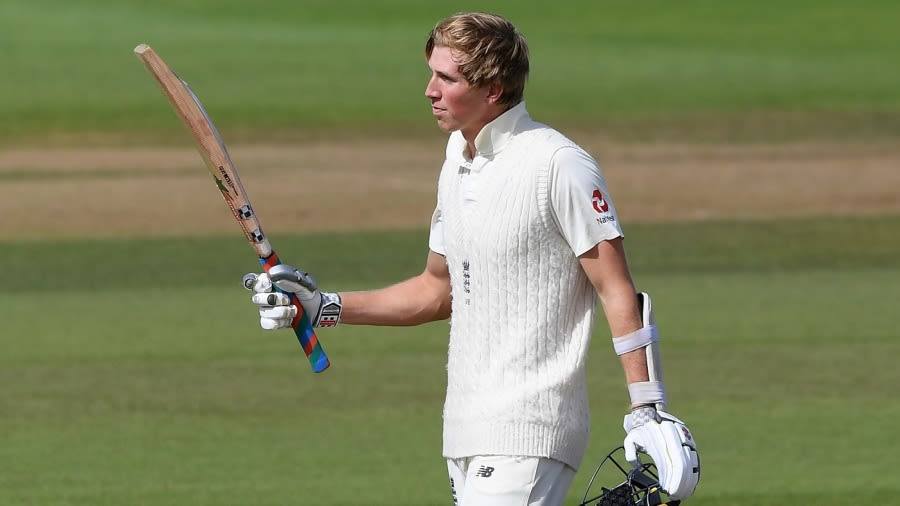
Performance: 166 runs @ 27.66; 1 fifty
Grade: C
Arguably the only silver lining for England on the batting front. Crawley started the series off poorly at MCG, but showcased glimpses of his talent in the final two Tests. His counter-punching 77 in the second innings at SCG was integral to England saving the Test. Far from a finished article, but Crawley showed that he is a talent worth investing in who has the ‘it factor’.
Verdict on future: Certain to retain his place in the XI. Should feature in all of England’s Tests this year.
Dawid Malan
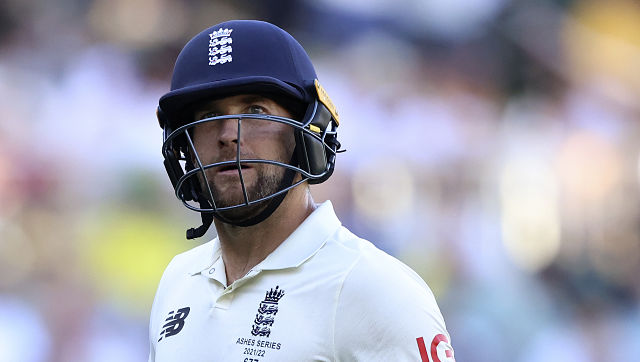
Performance: 244 runs @ 24.40; 2 fifties
Grade: D
Malan’s form fell off a cliff after he struck back-to-back 80s in the first two Tests. Despite being a senior batter, and despite having prior experience in Australian conditions, he turned out to be a part of the problem, averaging 9.66 across the last 3 Tests. Looked more and more ordinary as the series progressed.
Verdict on future: Set to turn 35 in a few months’ time, Malan might not play a Test again. He was a stop-gap option in the first place, and there is little sense in persisting with him, given he anyway failed to repay the management’s faith.
Joe Root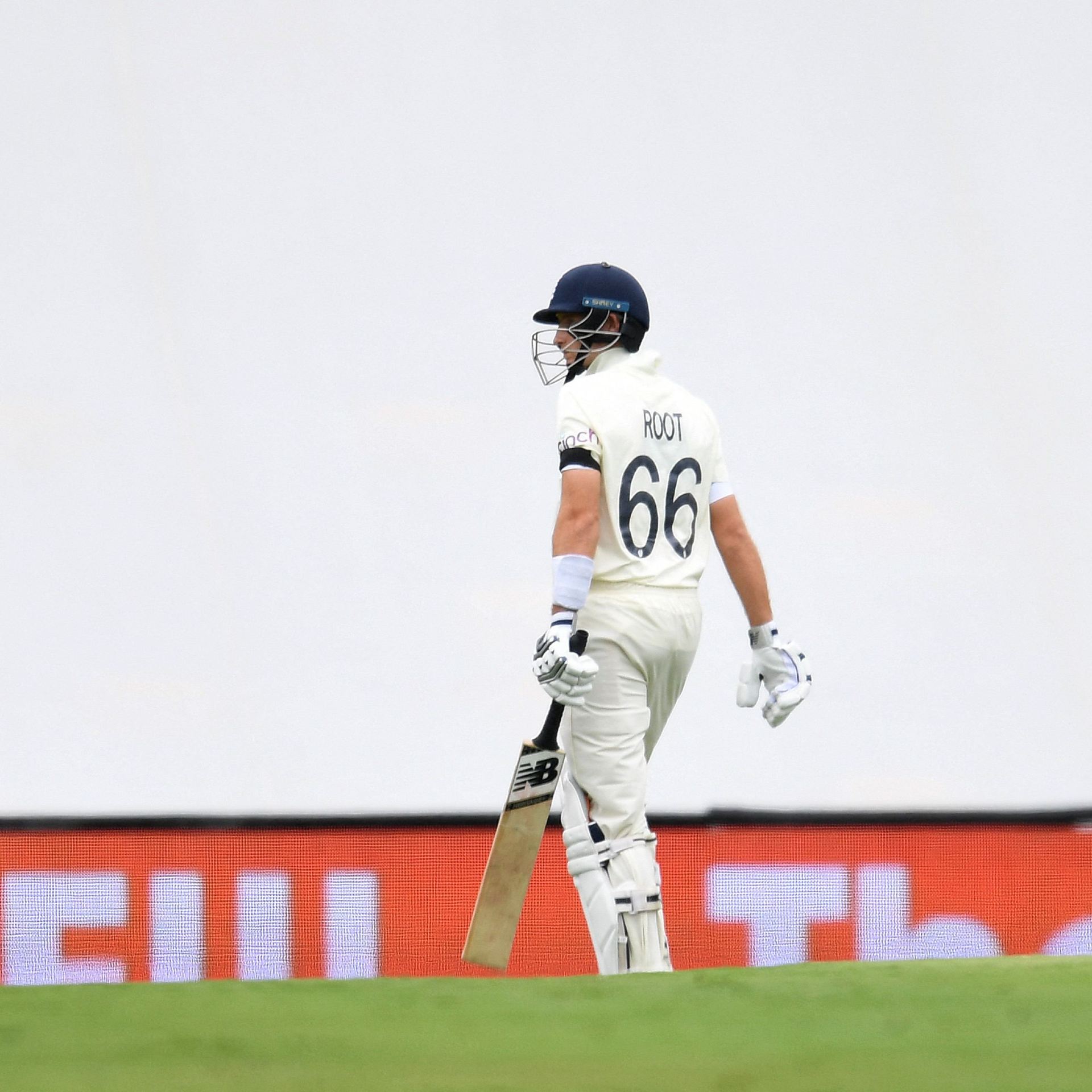
Performance: 322 runs @ 32.20; 3 fifties
Grade: C
Root, too, like Malan, faltered as the series progressed, but it is hard not to feel for him. Game after game he walked in with England being two for nothing, and every time he tried his best to weather the Aussie storm. Eventually, it got too much for him to handle. But while it is hard to be critical of Root the batter, it has to be said that Root the captain had plenty of bad moments on the field. Really, his decision to bat first at the Gabba was the starting point of the two-month long nightmare for England.
Verdict on future: Unlikely to be sacked as captain unless he resigns. England, as things stand, have far bigger problems than captaincy.
Ben Stokes
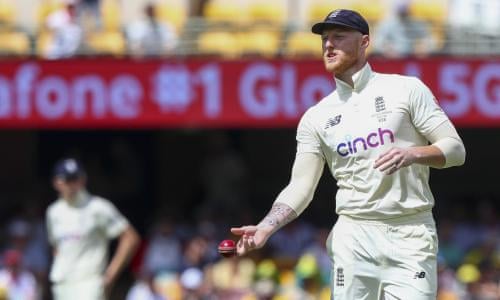
Performance: 236 runs @ 23.60; 4 wickets @ 71.50
Grade: D
For all the pre-series hype about his return, Ben Stokes was as bad as any other English player in the series. Barring in Sydney, where he struck a pair of 60s, Australia barely broke a sweat in order to take his wicket, and he also blew hot and cold with the ball. But it is hard to fault him, for it was evident that he was nowhere close to match fit. Probably should never have featured in the series in the first place.
Verdict on future: Taking his fitness and workload into consideration, might be a terrible decision to appoint him skipper. England would probably be better off resting him for the West Indies series in order to ensure that he is 100% fit the next time he takes to the field.
Jonny Bairstow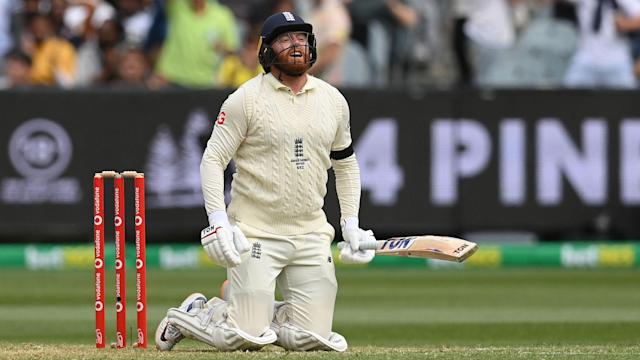
Performance: 194 runs @ 48.50; 1 hundred
Grade: B
Arguably England’s best batsman in the series. A lot of fans were skeptical about Bairstow taking Pope’s place, but the 32-year-old took the fight to the Aussies and gave a great account of himself. His showing in the SCG, in particular, was heroic, and he also was one of the very few batters that showed resistance at the MCG. Bairstow definitely enhanced his reputation and showed the world that he can still impact matches in red-ball cricket.
Verdict on future: A lot of English fans still want Bairstow to completely step away from Test cricket, but, after his showing in SCG, he is certain to feature in the West Indies Tests, provided he recovers from injury. If nothing, England will look at him as a good stop-gap option until they can find the next-generation of middle-order batters who are ready for Test cricket.
Ollie Pope
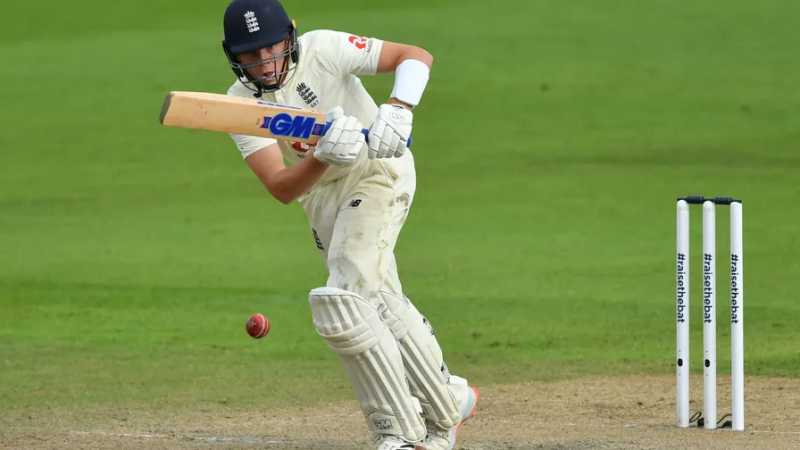
Performance: 67 runs @ 11.16; no fifties
Grade: F
Among all batters, England should be concerned about Ollie Pope’s showing the most. Not only did Pope not accumulate any runs, he looked clueless post the first innings in Brisbane. The youngster was first bullied by Nathan Lyon, post which he also became loose against the seamers. He was a walking wicket by the time the second innings in Hobart commenced. Why this should hugely concern England is because Pope is statistically the best batsman in County Cricket. He also has now played 23 Tests, the same number as Marnus Labuschagne. For him to bat the way he did in the series is alarming.
Verdict on future: Despite the horror Ashes, Pope is unlikely to get dropped, for the simple fact that he is the best batter in the County Circuit. England have invested in him, and expect them to continue doing the same. Age is on his side, but Pope will need to start making impact at the Test level.
Jos Buttler
Performance: 107 runs @ 15.28; no fifties
Grade: F
Buttler was lauded worldwide for the valiant 207-ball 26 he struck in Adelaide, but, barring that one knock, he underperformed massively, with both bat and gloves. As has been the case throughout his Test career, Buttler looked a confused soul with the bat in hand, unsure which approach to adhere to, and was sloppy and uninspiring with the gloves. Simply not good enough for someone that has played more than 50 Tests.
Verdict on future: There is no reason for England to persist with Buttler in Tests. After 57 Tests, he’s turned out to be a major disappointment. Ashes failure should turn out to be the final nail in the coffin.
Sam Billings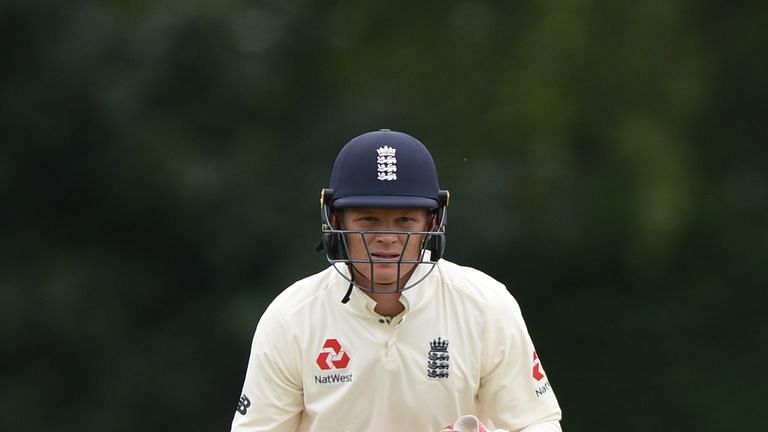
Performance: 30 runs @ 15:00
Grade: D
Called up as a last-minute replacement, Billings showed great energy and enthusiasm. Was a breath of fresh air behind the wickets and, unlike Buttler, tried his best to keep the team motivated. Looked alright with the bat, although no batter can be judged on the basis of two innings.
Verdict on future: England might actually look at keeping Billings in the mix due to the energy and leadership he brings on the field. He also has good domestic numbers that would justify selection. That being said, making Billings the first-choice keeper would be an injustice to Ben Foakes.
Chris Woakes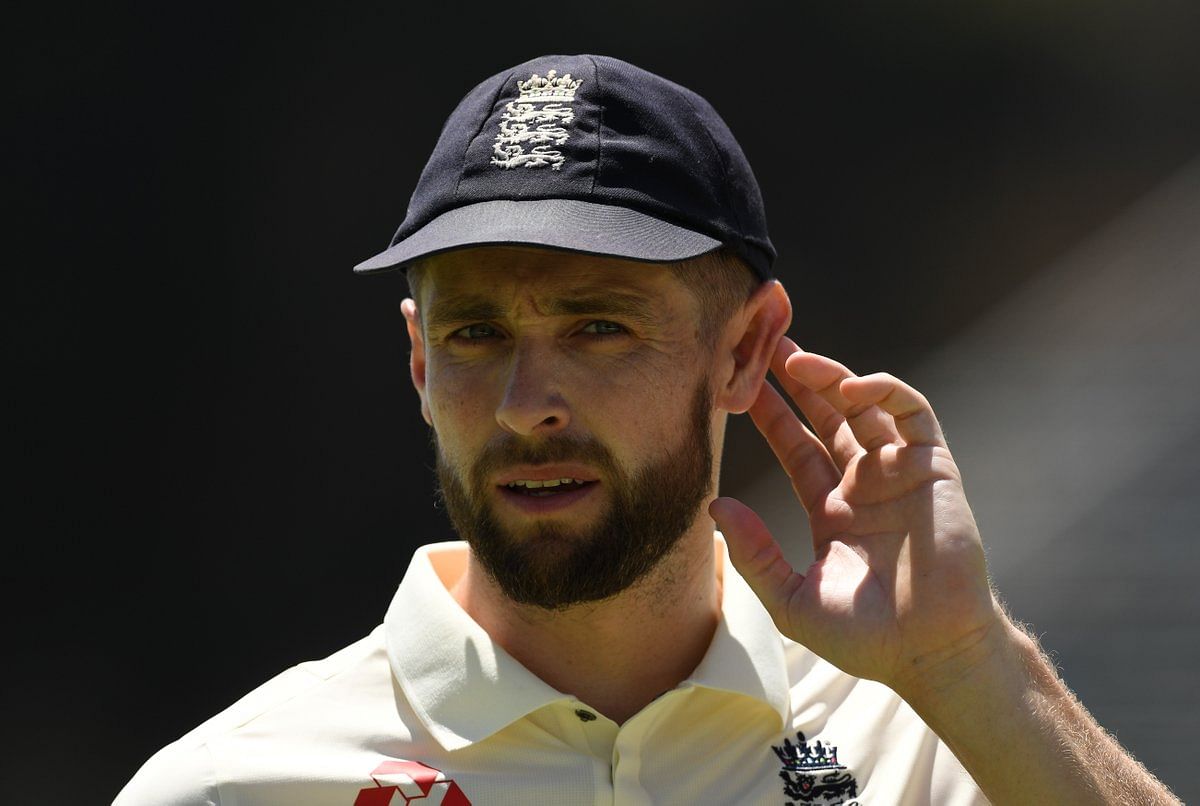
Performance: 6 wickets @ 55.33; 145 runs @ 24.33
Grade: E
Woakes turned out to be the most ordinary bowler across both the sides. Barring the final session of Day 2 in Hobart, his bowling was unthreatening and he also uncharacteristically was loose, conceding runs at an ER of 3.74. On the bowling front, he let the team down big time. On the batting front he was in fact decent, but his knocks had little to no impact.
Verdict on future: After his showing in this series, it is hard to see Woakes playing away from home again. England might now look at him as a home specialist.
Ollie Robinson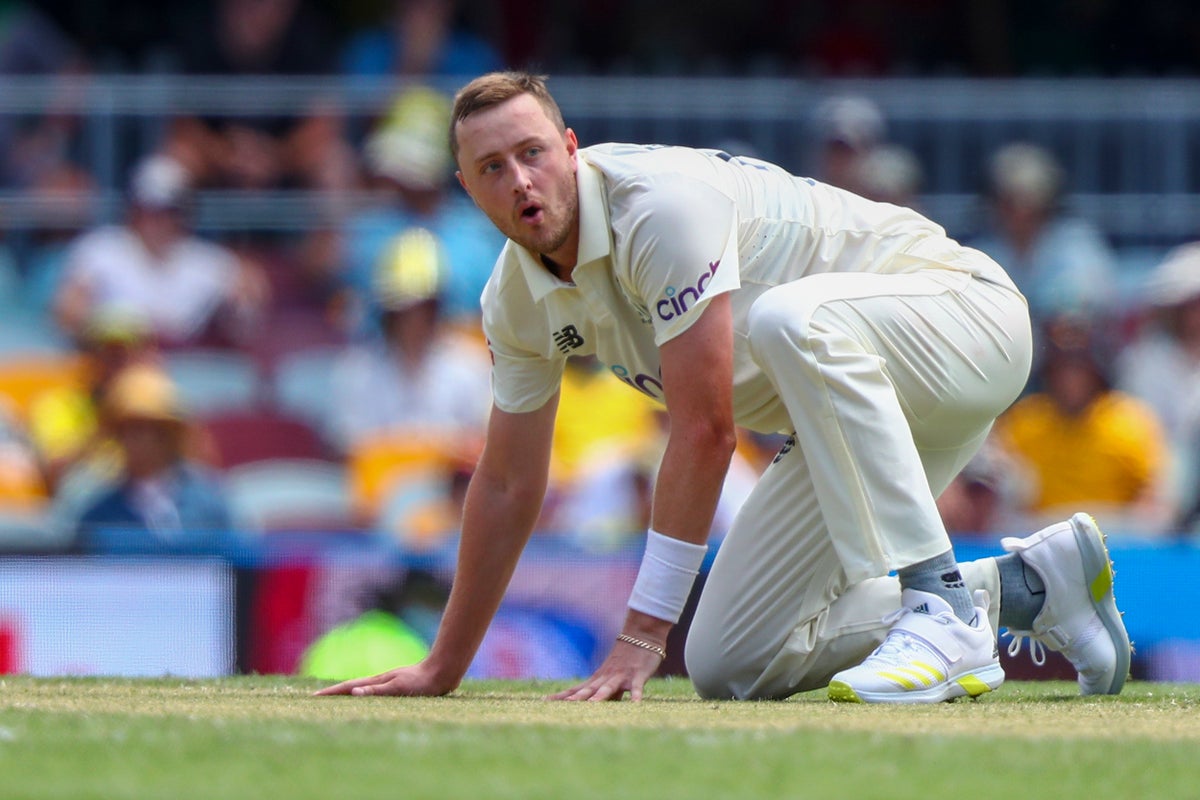
Performance: 11 wickets @ 25.54
Grade: C
Playing the first away series of his career, Ollie Robinson impressed quite a lot. He consistently threatened all the Australian batters, in particular the left-handers, and was an absolute menace with the new ball in hand. He made full use of his height and constantly troubled the batters despite bowling in the mid 120s. That being said, Robinson let the team down on multiple occasions with his fitness. Far too often he looked gassed after bowling one or two spells, becoming increasingly innocuous as the day progressed. But certainly more good than bad.
Verdict on future: Expect Robinson to be a regular starter for the Three Lions hereon, both home and away.
Mark Wood
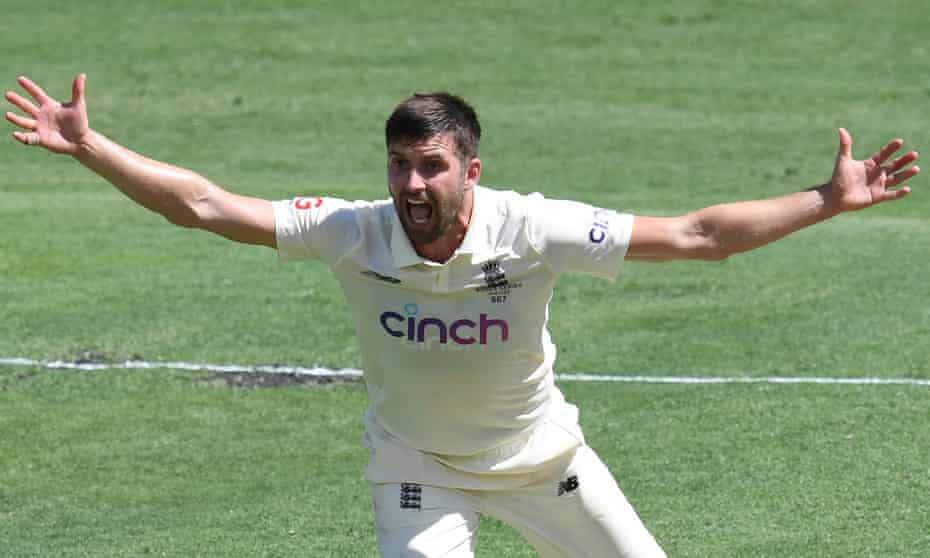
Performance: 17 wickets @ 26.64
Grade: A
By some distance England’s Player of the Series. Wood breathed fire from the very first match in Gabba, making life hell for the Aussie batters with his pace. He had little luck in his first three games of the series, but was rewarded for his hard work in Hobart, where he picked 9 wickets. In addition to the lion-hearted effort with the ball, Wood also made handy contributions with the bat, taking the fight to the Aussies.
Verdict on future: Wood, if fit, will be the first name in the team sheet in away matches.
Stuart Broad
Performance: 13 wickets @ 26.30
Grade: B
Inexplicably left out from the first Test in Brisbane, Broad gave a great account of himself in the games he featured in, testing the Aussie batters by attacking the stumps. The veteran would have had more wickets had he featured at the Gabba and MCG, but put in a proper shift in all the other matches, revving the intensity up. Despite playing only 3 Tests, Broad bowled more overs than all English bowlers but Mark Wood.
Verdict on future: He might be 35, but Broad showed why it is flawed to put him and Anderson in the same category. He still has plenty left in the tank, can be a workhorse if needed, and should play in seam-friendly conditions.
Jimmy Anderson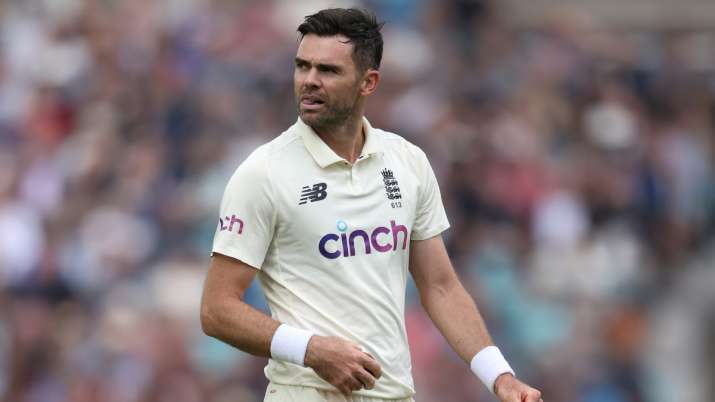
Performance: 8 wickets @ 23.37
Grade: C
Anderson’s control and consistency in this Ashes was off the charts - average of 23.37 and ER of 1.79 in 104 overs - but the veteran did not strike often enough to hurt Australia. He picked a sensational four-fer at the MCG, but claimed only four wickets across the other four innings. His strike rate of 78.0 in the series was the second-worst for any specialist bowler, behind only Chris Woakes. But that being said, Anderson’s form in the series was far from problematic.
Verdict on future: Anderson certainly has it in him to keep going for a while, but one feels that the time has come for England to move on from him at least in away Tests. A transition is long overdue - starting off with away Tests would be ideal.
Jack Leach
Performance: 6 wickets @ 53.50
Grade: E
It is a miracle that Jack Leach played two more Tests after being whacked mercilessly in Brisbane, and credit has to go to him for not giving up and picking a four-fer in Sydney. But for 90% of the series his impact was non-existent. The left-arm spinner was able to provide no control, and, barring the second innings in SCG, he was also not a wicket-taking threat. Harsh as it may sound, carrying Leach in the team seemed like a burden on England’s part.
Verdict on future: Unless and until Leach finds a way to become more effective in the first innings and against left-handers, it is hard to see him playing anywhere outside the subcontinent. Perhaps it’s time for England to give Matt Parkinson a go.